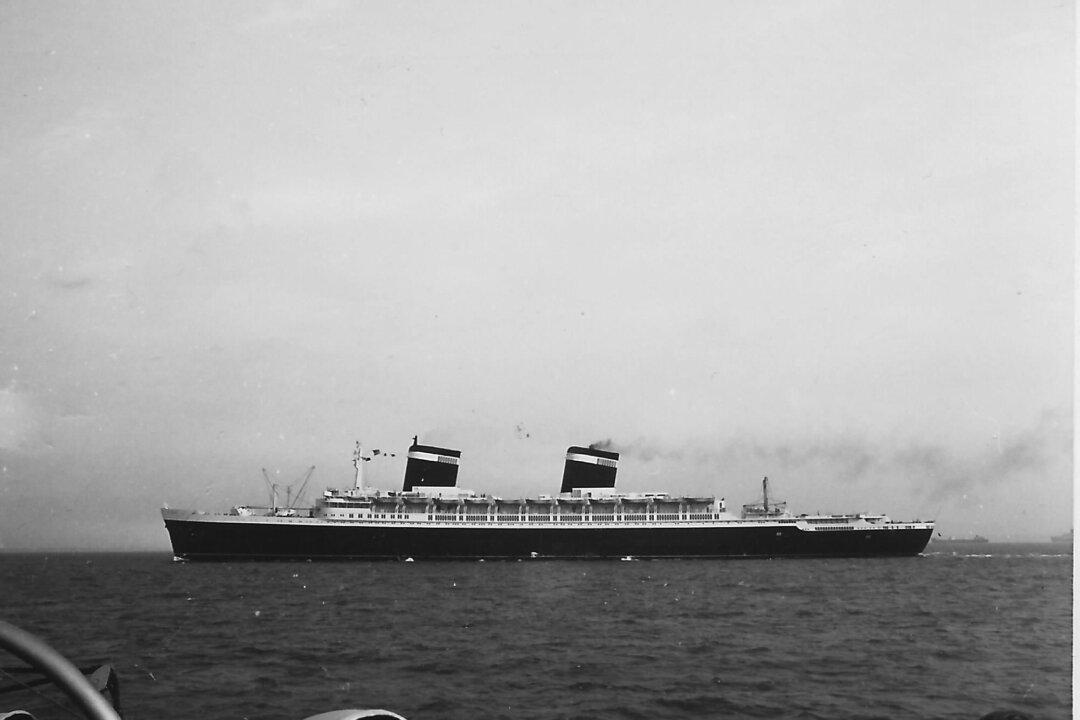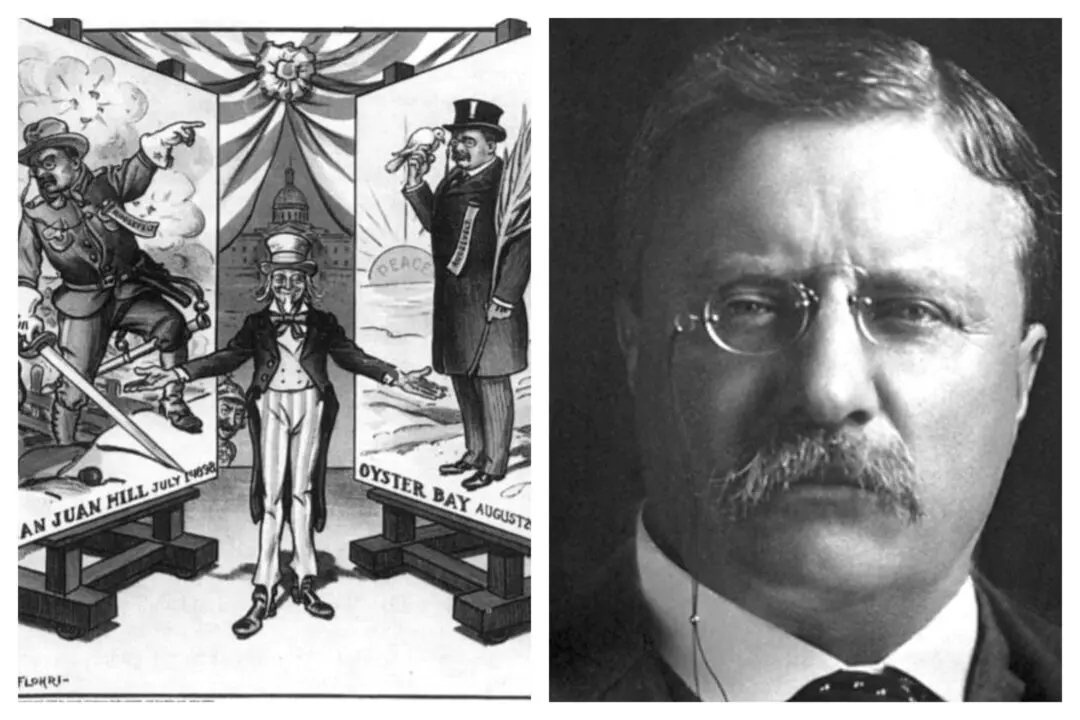Since the middle of the 19th century, the Blue Riband trophy had been unofficially awarded to the fastest commercial passenger ship to cross the North Atlantic. Ships were transitioning from sail to steam and from wood to steel, and by the 19th century’s end the transitions would be complete—and the awarding of the trophy would become official. This transition ushered in the Golden Age of ocean liners, demonstrated fully on Sept. 19, 1897, when the 655-foot, six-deck, four-funnel SS Kaiser Wilhelm der Grosse made her maiden voyage.
The SS Kaiser Wilhelm der Grosse, with a cruising speed of 22.5 knots (25.9 mph), was an unmistakable show of German strength and naval ingenuity. When she made the transatlantic voyage in five days and 20 hours from March 30 to April 3, she triumphed as the world’s fastest commercial ocean liner, and with this triumph came the Blue Riband. It was the beginning of a European scramble for oceanic superiority and national pride.






